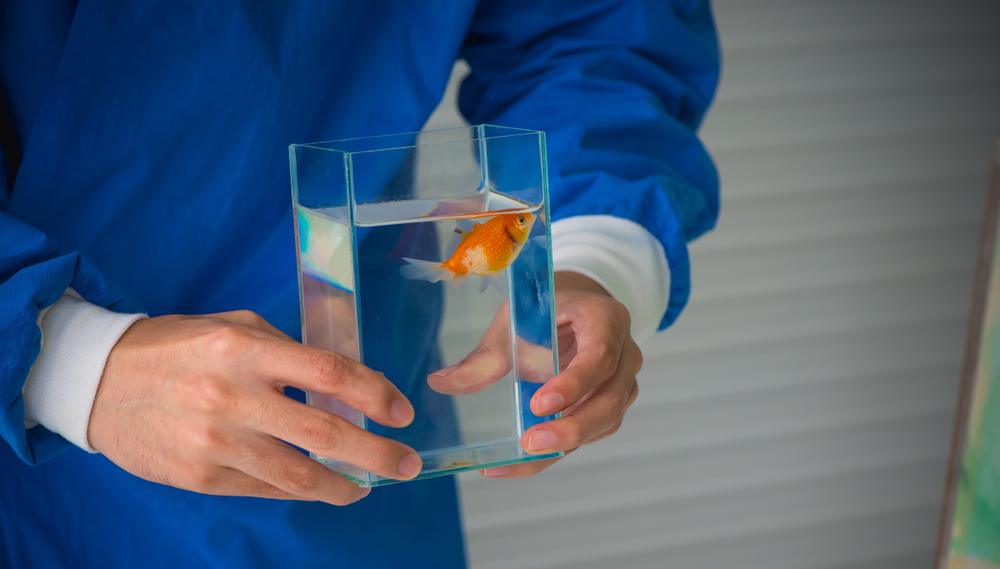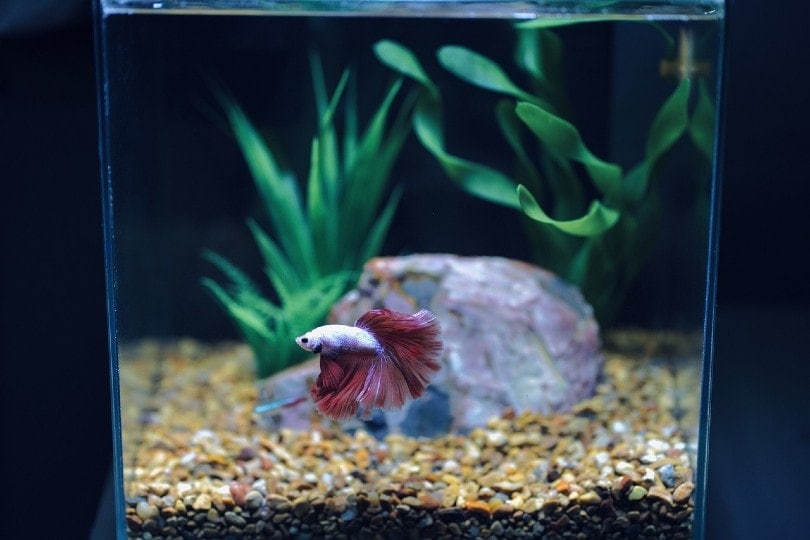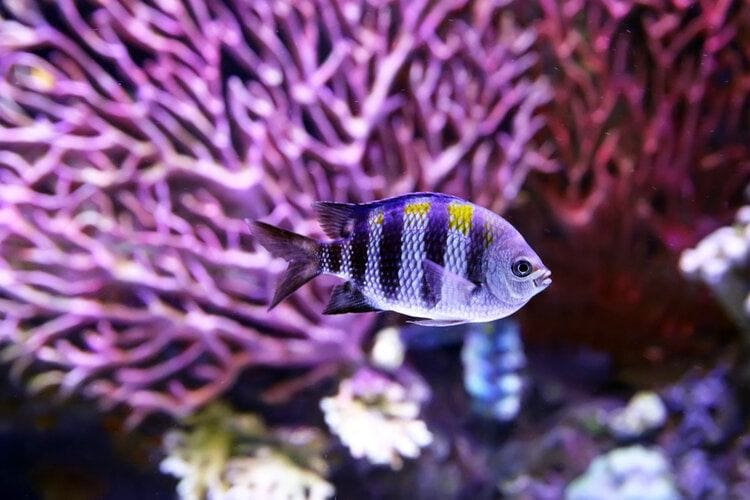10 Easy Types of Anemones for Saltwater Aquariums (With Pictures)

Updated on
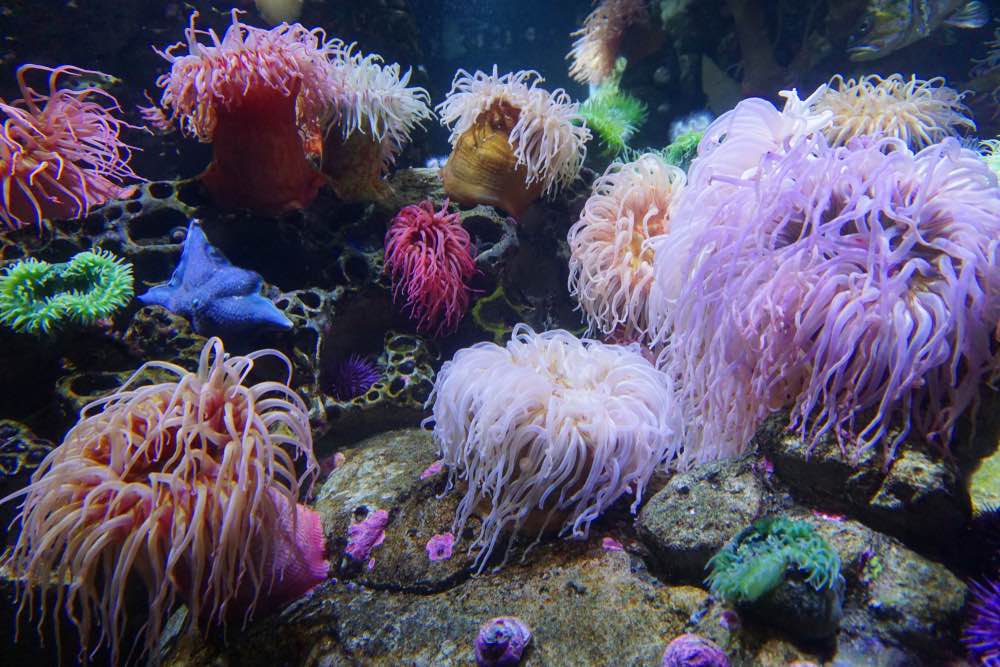
Having a saltwater tank is a rewarding experience for those who want to take their hobby to the next level. It poses more challenges than a freshwater aquarium because there are more parameters to monitor. The supplies and fish are also more expensive. Perhaps that explains why there are 11.5 million American households with freshwater fish versus 1.5 million with saltwater species.
Anemones and other invertebrates are different animals altogether. Hobbyists often include them in nano or reef aquariums, where the focus is on these species instead of the fish due to compatibility issues. This setup brings the ocean to your home with a dazzling display of colors and life histories. However, it’s not for the faint of heart.
Anemone care often pushes the envelope to the expert level. Their needs are even more specialized, making the setup exacting. These species usually cost considerably more, so it requires a significant financial investment. This makes finding the best types of anemones for saltwater aquariums that much more important. Our guide will help steer you in the right direction.
The 10 Easy Types of Anemones for Saltwater Aquariums
1. Rock Flower Anemone (Phymanthus crucifer)
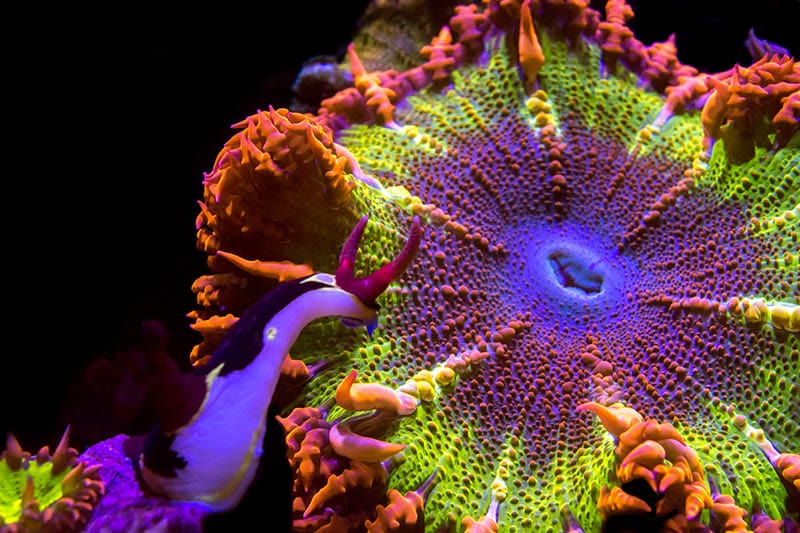
The Caribbean Rock Flower Anemone is appropriately named because it looks like what it sounds like, especially if you add a brightly colored one to your tank. It is an easy-to-care-for species that will accept other local fish as hosts, such as the Cardinalfish. This species prefers a thick sand substrate with medium water flow to thrive.
2. Beaded Sea Anemone (Heteractis aurora)

The Beaded Sea Anemone gets its name from the bumps along its tentacles. It resides in the Indo-Pacific Ocean in the wild. Like the previous species, it burrows in sand. It hosts seven clownfish, including the Clark’s Clownfish. It is a carnivorous animal that is semi-aggressive. It won’t hesitate to use the nematocysts or venomous cells on its tentacles to capture prey. Its care level is moderate.
3. Adhesive Sea Anemone (Cryptodendrum adhaesivum)

One look at the Adhesive Sea Anemone and you’ll understand the relevance of its other nickname, the Pizza Anemone. They prefer rock crevices to attach themselves and hide, hence the name. It is a hardy species that can tolerate medium-light conditions. While it will host the Clarkii Clownfish, it is an aggressive species that can grow up to 12 inches wide. Its care level is moderate.
4. Pink-Tipped Anemone (Condylactis gigantea)

The Caribbean Pink-Tipped Anemone is just as hardy as it is cute. It is a larger species, reaching widths up to 20 inches. This invertebrate must have a large tank because it moves around frequently, looking for prey. It is an aggressive animal with a formidable sting. This anemone prefers rocky crevices or other hard surfaces. It is relatively easy to care for as long as there is sufficient water flow.
5. Corkscrew Anemone (Macrodactyla doreensis)
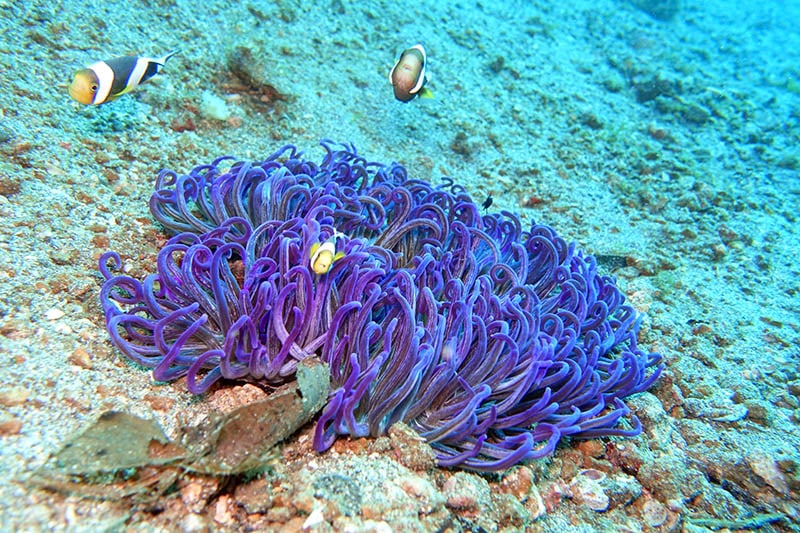
The Corkscrew Anemone prefers a sandy substrate. It is a sessile animal, which means it tends to stay put. Its name refers to its curved tentacles that resemble its moniker. It will host several species, including the Western Clownfish. Its native habitat is off the coast of northern Australia toward Japan. It is a semi-aggressive animal, requiring intermediate care.
6. Saddle Carpet Anemone (Stichodactyla haddoni)

If aquariums had focal points, the Saddle Carpet Anemone would make an ideal choice. It is a large, colorful species found in the Indo-Pacific Ocean. It can reach widths up to 32 inches, making it suitable for large tanks only. The anemone prefers sandy substrates with bright lighting. It is semi-aggressive with a sting that packs a punch.
7. Bubble Tip Anemone (Entacmaea quadricolor)

The Bubble Tip Anemone is one of the most popular saltwater invertebrates. Its bulbous tentacles resemble the style of flowers. This anemone is somewhat mobile, reaching widths up to 12 inches. It is host to several species, including the Tomato Clownfish. It is only semi-aggressive, and its native habitat is the Indo-Pacific Ocean. Its care level is easy.
8. Tube Anemone (Cerianthus sp.)

The name Tube Anemone describes the closely related species of the Cerianthus genus. They have long, flowing tentacles. When threatened, they pull them back into their tube-like bodies. They are sessile creatures, preferring sand or other similarly textured substrates. You’ll find both carnivorous and omnivorous species in this group.
9. Dahlia Anemone (Urticina felina)

The Dahlia Anemone is a coldwater species. It resides off the coasts of northern Europe. It prefers rocky substrates and crevices to which it can attach or burrow. It has a stocky body compared to the lithe figures of others on this list. Their care is moderate, requiring decent water flow and regular aquarium lighting.
10. Christmas Anemone (Urticina crassicornis)
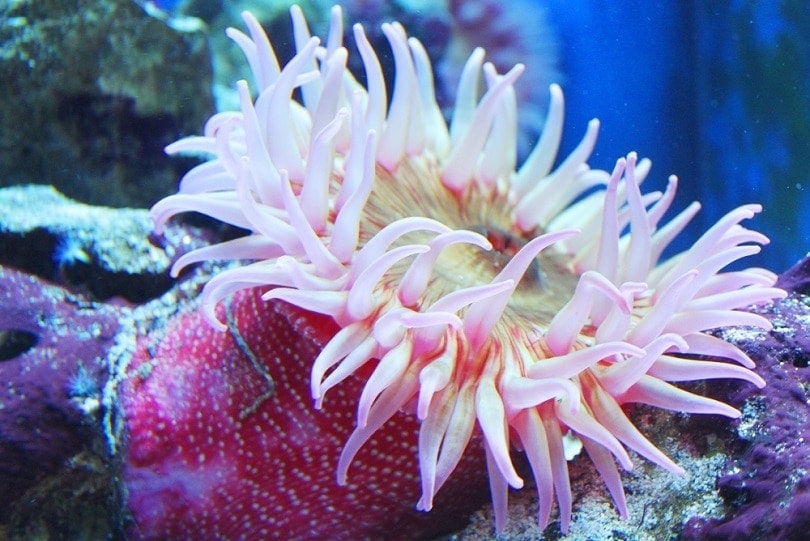
Its name should provide a clue that the Christmas Anemone is a coldwater species, preferring the North Pacific Ocean waters. It is a long-lived animal in the right conditions, reaching up to 80 years. It is a carnivore that thrives on live foods. However, it may take pellets or flakes occasionally. Like other coldwater species, it’s best to feed it only once or twice a week.
Final Thoughts
Sea anemones are gorgeous organisms that bring a bit of the wild into your tank. The essential factor to remember is that they will only make the transfer to your aquarium if it is well-established. It’s also vital to do your homework regarding fish compatibility. While many anemones are predators, their sessile lifestyle makes them vulnerable to attack. Undoubtedly, you’ll find that they are colorful additions to your tank.
- Related Read: Saltwater vs Freshwater Aquarium: Pros, Cons & FAQs
Featured Image Credit: panparinda, Shutterstock

